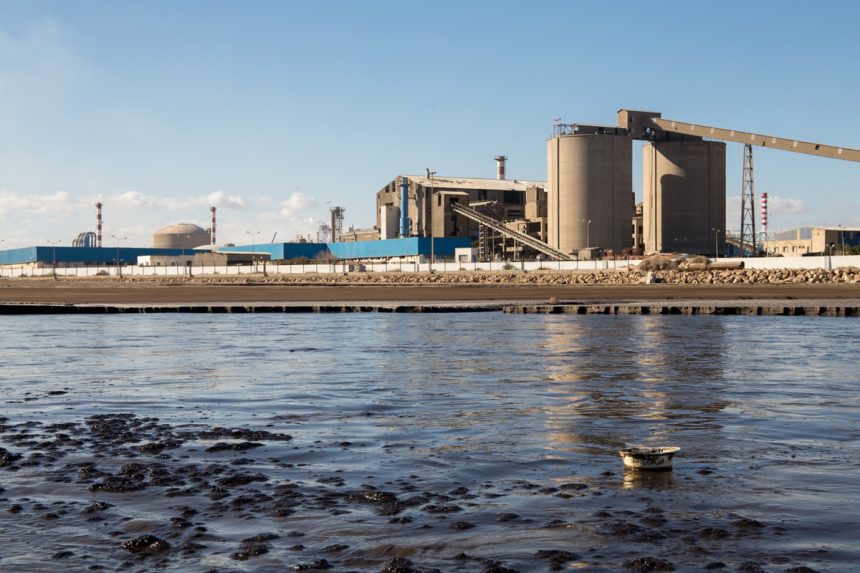Tackling Antibiotic Pollution: WHO’s Groundbreaking Guidance
The World Health Organization (WHO) has released its inaugural guidelines addressing antibiotic contamination from manufacturing activities. This pivotal document details wastewater and solid waste management strategies within the antibiotic production sector, highlighting a pressing yet often overlooked issue ahead of the upcoming United Nations General Assembly (UNGA) High-Level Meeting focused on antimicrobial resistance (AMR), scheduled for 26 September 2024.
AMR, exacerbated by antibiotic pollution, poses a grave risk to the efficacy of these critical treatments worldwide, threatening not just user health but also impacting manufacturers directly implicated in pollution incidents.
Despite significant evidence documenting high levels of pharmaceutical pollutants, regulatory oversight remains inadequate. Standards for quality assurance frequently overlook environmental impact. Furthermore, consumers receive insufficient guidance on how to properly dispose of unused antibiotics—whether they expire or remain after an incomplete treatment course—leading to greater environmental risks.
“The improper disposal of pharmaceutical waste from antibiotic production can give rise to new strains of drug-resistant bacteria that may propagate globally and jeopardize public health,” stated Dr. Yukiko Nakatani, Acting Assistant Director-General for AMR at WHO. “Mitigating pollution stemming from antibiotic manufacturing is crucial for maintaining the effectiveness of these essential medications.”
The Knowledge Gap in Environmental Impact
A significant lack of accessible data regarding environmental harm due to pharmaceutical manufacturing persists globally. “This guidance serves as an independent scientific framework that provides regulators, purchasers, inspectors, and even manufacturers with vital criteria needed for robust control over antibiotic pollution,” noted Dr. Maria Neira, Director at WHO’s Department of Environment, Climate Change and Health. “An emphasis on transparency empowers buyers and investors—and informs the public—allowing them to evaluate manufacturers based on their commitment to combating this form of pollution.”
Call for Action from Global Entities
This unprecedented initiative stems from appeals made by various international organizations including the WHO Executive Board, G7 health ministers, and UNEP. Jacqueline Alvarez from UNEP emphasized that as evidence mounts concerning environmental influences on AMR development and dissemination: “It’s critical that we elevate our actions relating to environmental management as part of a comprehensive solution.” This encompasses controlling pollution across municipal systems as well as healthcare facilities.
A Collaborative Approach Toward Solutions
The development process behind these guidelines included collaboration with a wide array of experts across different fields including academic researchers, regulatory authorities, inspectors from various international organizations like UNEP in addition to input sourced during public consultations with industry representatives and stakeholders alike. The industry is already responding through voluntary initiatives aimed at improving practices aligned with these new standards.
Health Targets Against AMR Risks
The provided guidance specifies health-centric targets designed not only to mitigate risks related to AMR propagation but also aims at safeguarding aquatic ecosystems affected by all types antibiotics utilized in human or animal applications—including during initial stages such as active pharmaceutical ingredient (API) production right through packaging processes.
An Emerging Public Health Concern
AMR arises when pathogens like bacteria lose their susceptibility towards effective antimicrobials leading patients into severe conditions where infections can become hard-to-treat threats resulting in increased morbidity rates along mortality rates linked closely tied around misuse or overprescription practices; additionally it is worth noting many individuals around the globe still lack access crucial antimicrobials altogether creating stark inequities within healthcare systems worldwide.






